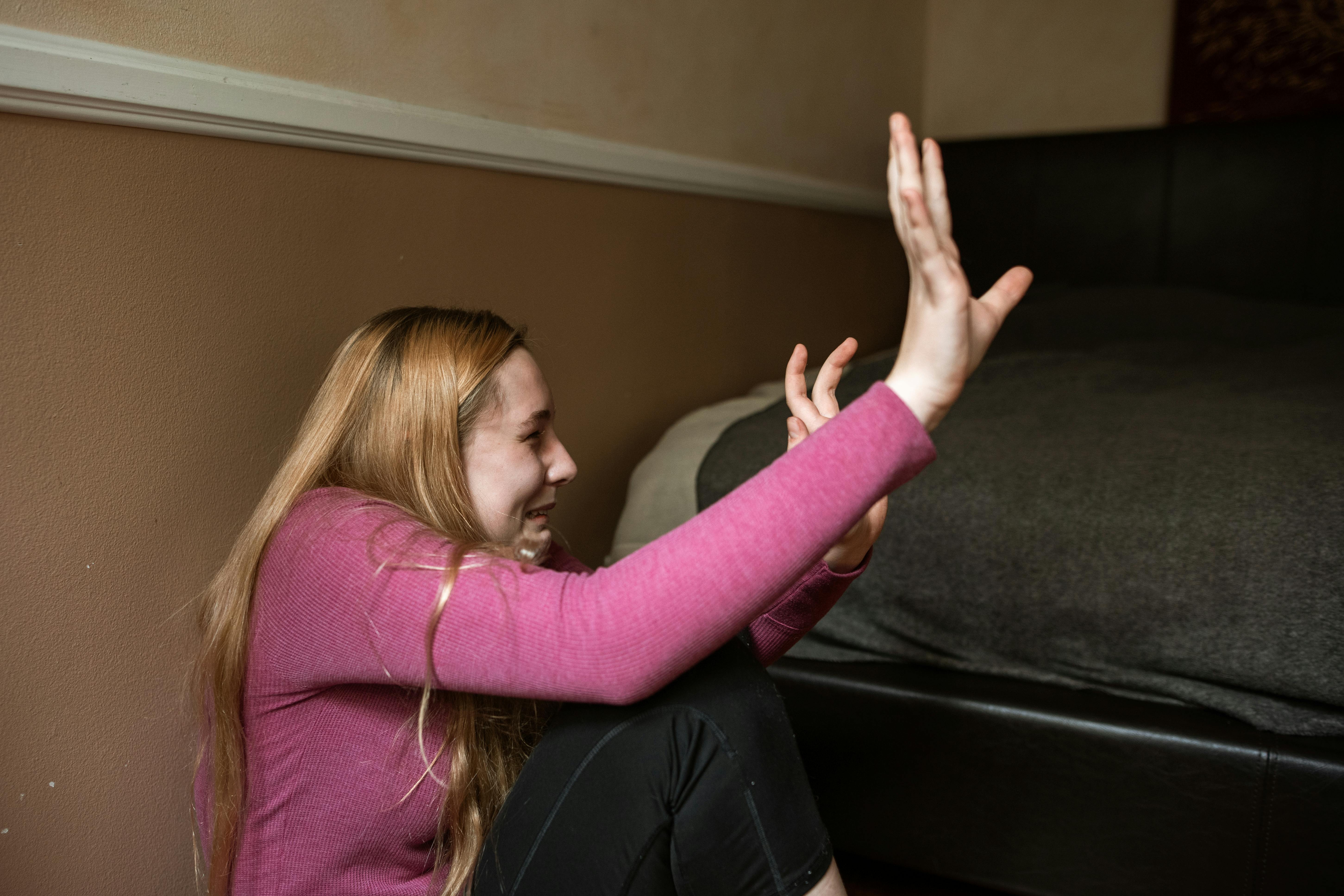Lice are small wingless parasitic insects found in human hair. It is also known by the medical term pediculus humanus capitis. Although head lice can be annoying, they are not a health hazard and are not responsible for the spread of any disease. The Centers for Disease Control does not keep track of the number of head lice cases because it is not considered a disease. This makes it difficult to determine the exact number of cases. But estimates from manufacturers of head lice products indicate that between 12 and 25 million Americans get it each year.
A head louse (singular for head lice) has 3 life cycle stages: nit, nymph, and adult. A nit is an egg of lice. An adult female lays a nit at the base of a hair. This location keeps the nit warm before it hatches. Nits cannot hatch at room temperature. A nit hatches in about 1 to 2 weeks. A nit looks like yellow, tan, or brown dandruff. Unfortunately, unlike a piece of dandruff, a nit is firmly attached to the hair shaft and cannot be easily removed. The nits normally come in greater numbers than the nymphs or adults. The nits are also larger and easier to see. Nymphs are baby lice and become adults 7 days after hatching. An adult louse is about the size of a sesame seed. It will take on a darker color if it is on dark hair. Both nymphs and adults must feed on blood to survive. An adult rental can live up to 30 days on a human hair. It can survive up to 2 days after a human hair falls out.
Determining if you have head lice can be easier if you know where to look. Nits, nymphs, and adult lice are most often found on hairs located on the scalp, behind the ears, and on the nape of the neck. Rarely, nits, nymphs, and adult lice can be found on the body, eyelashes, or eyebrows.
Even if you know where to look, determining if you have head lice can be difficult. Medical research indicates that, on average, children with a head lice infestation will have no more than 10 to 20 nymphs or adult lice. Because nymphs or adult lice are very small, few in number, and able to crawl through the hairs fairly quickly, finding them can be quite a difficult task. If you want to determine if there is a lice infestation, you may want to use a magnifying glass and a bright light to make this difficult task easier.
If there are no nymphs or adult lice, the distance between the nit and the skin can determine if a lice infestation exists. If a nit is found less than 1/4 inch from the skin, this person most likely has a lice infestation. If there are no nymphs or adults and the nits are more than 1/4 inch from the skin, then it is an old infestation that can be ignored. But there have been cases where a person had a few nits without being diagnosed with head lice, so see your doctor to make sure.



